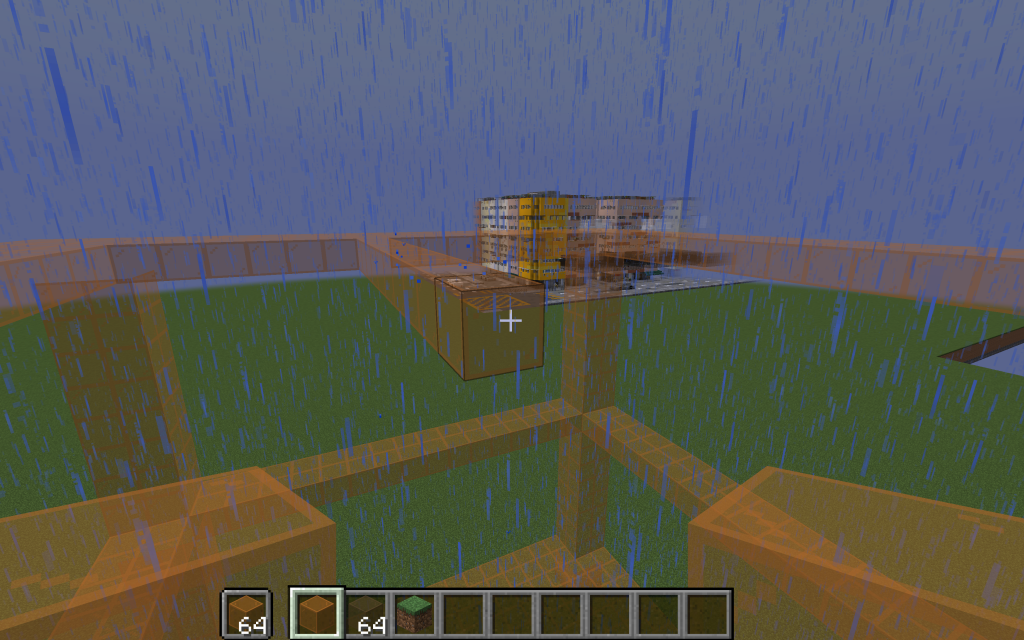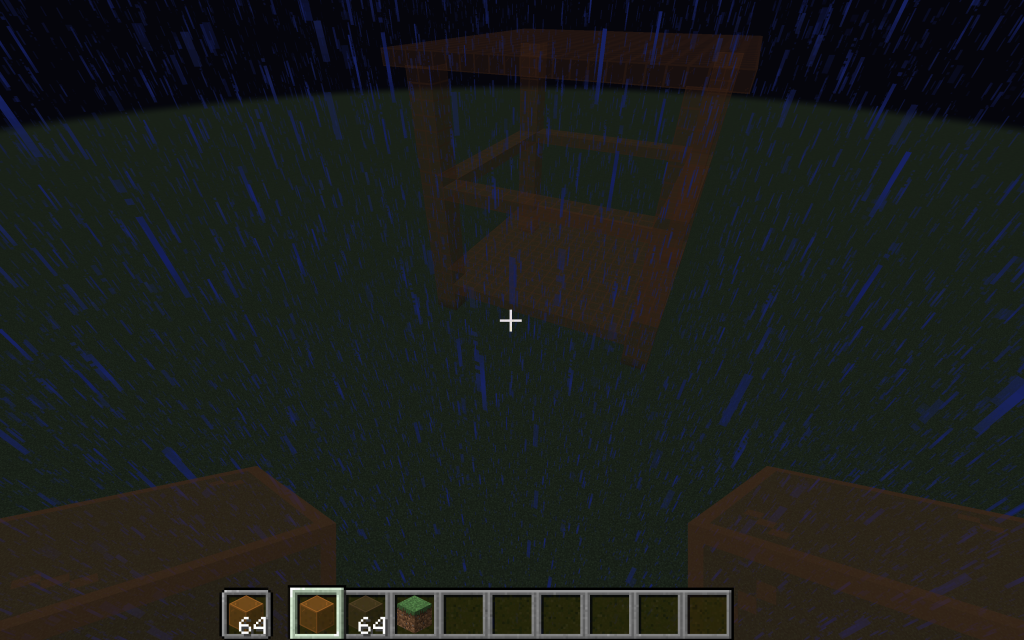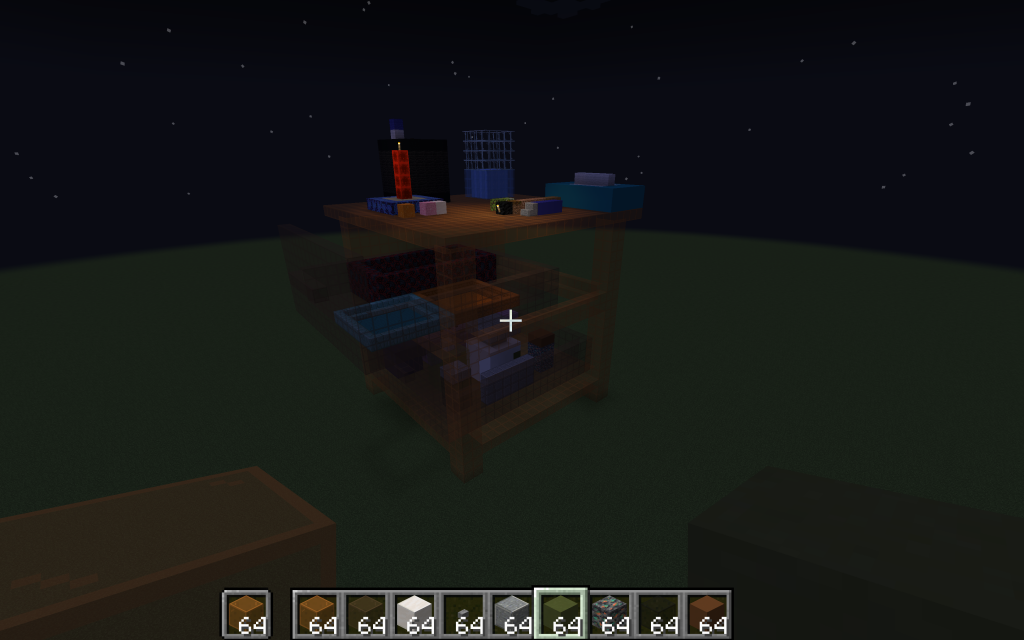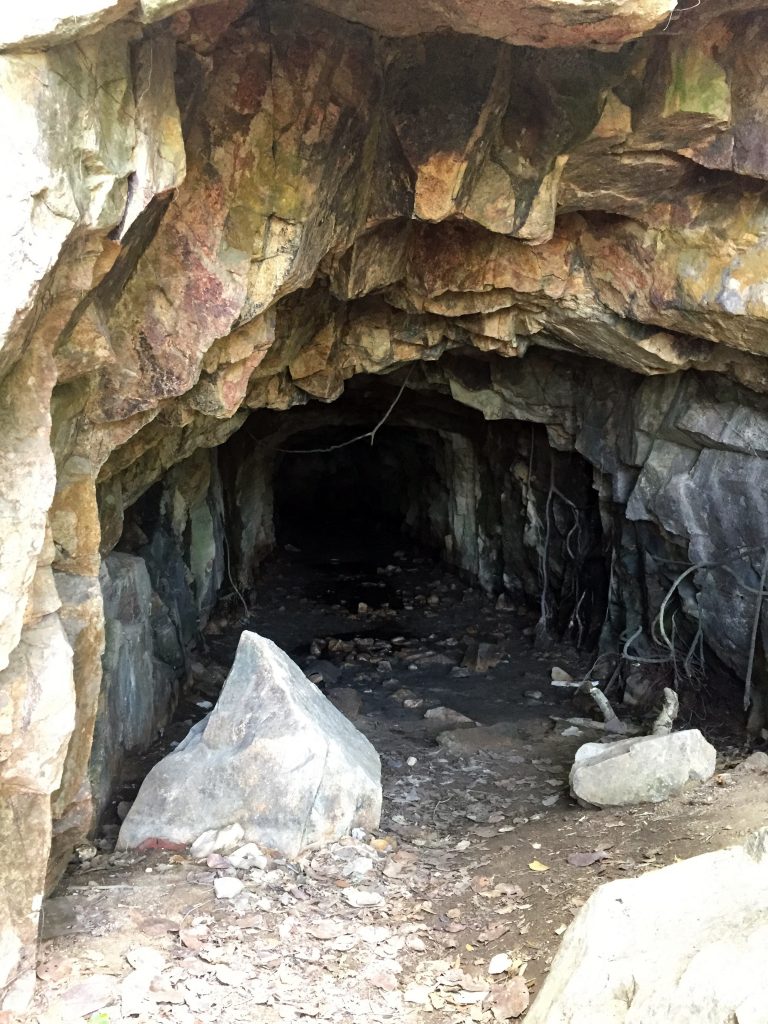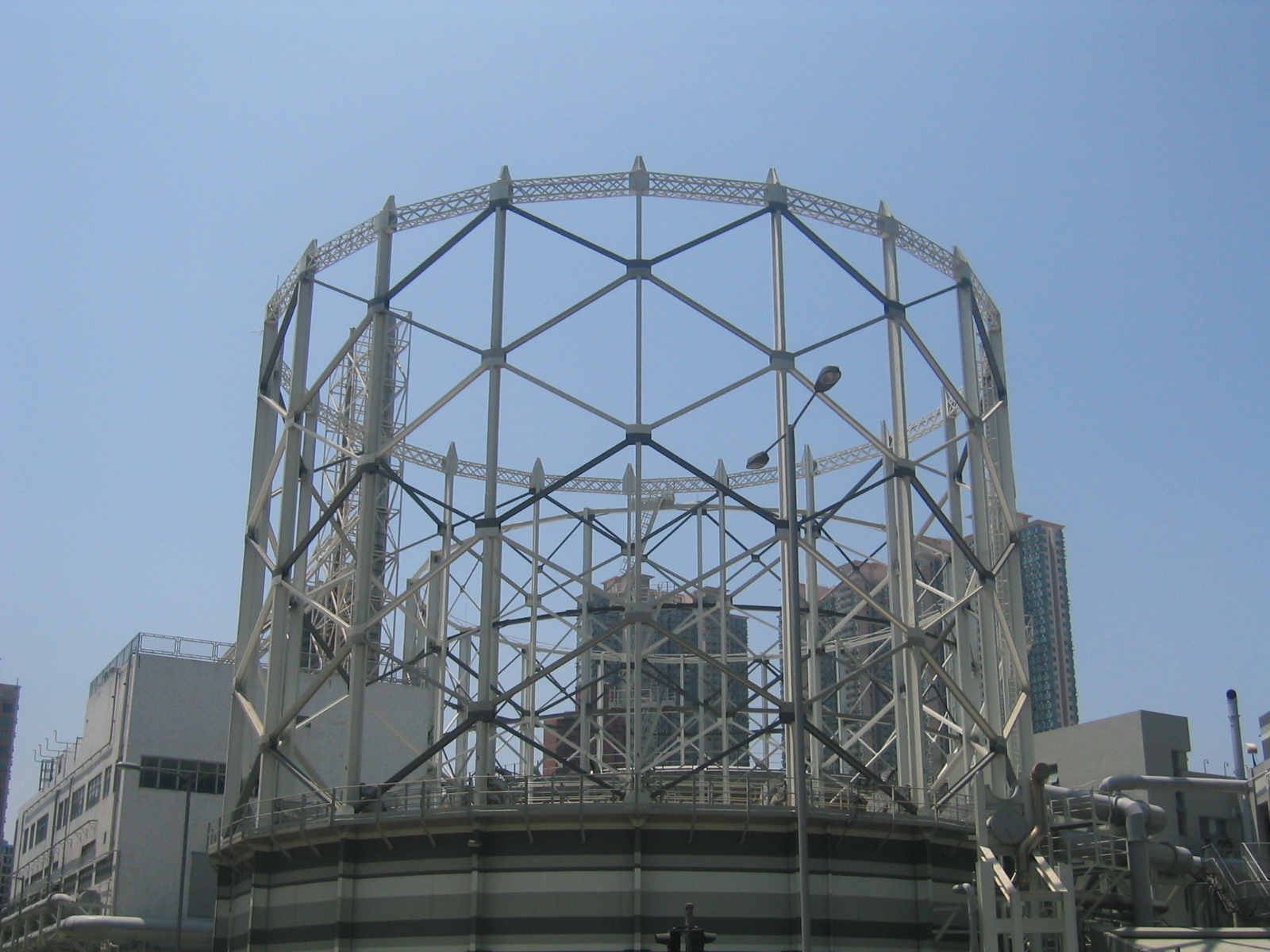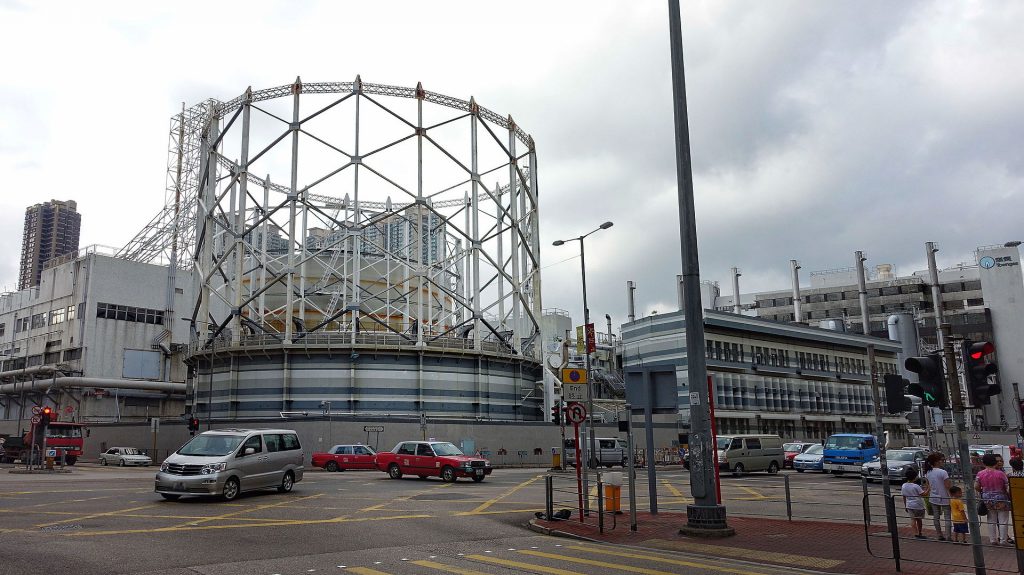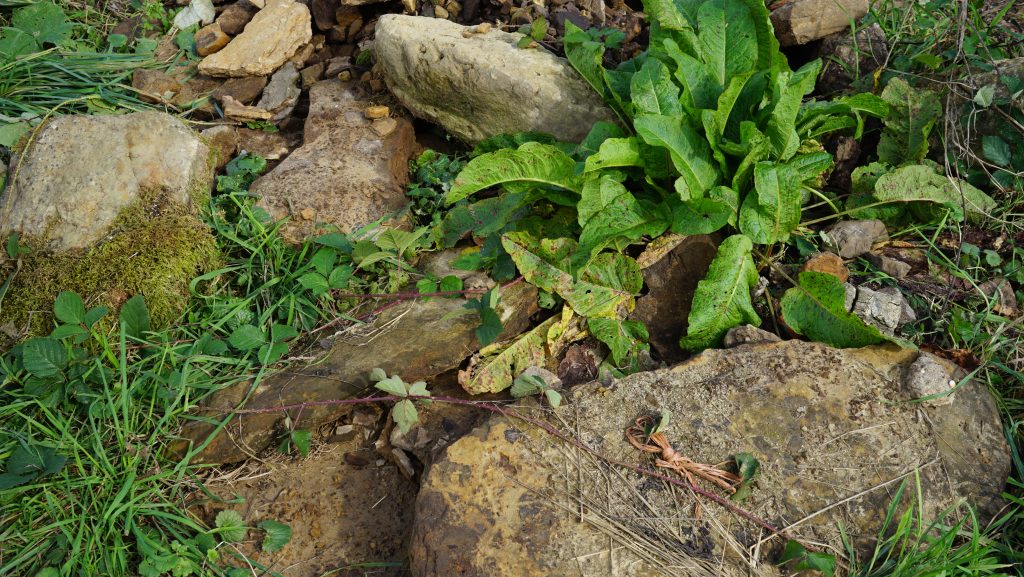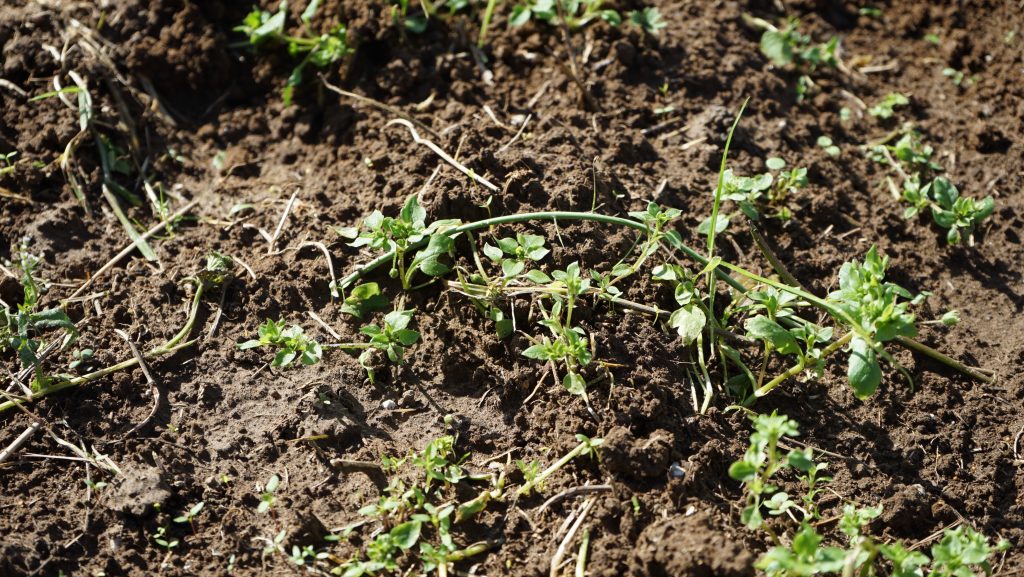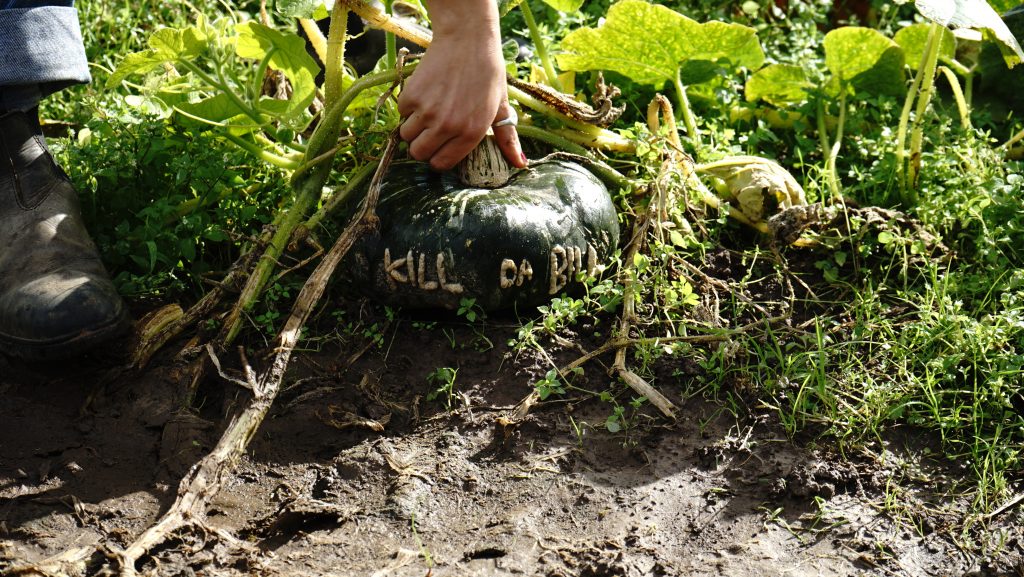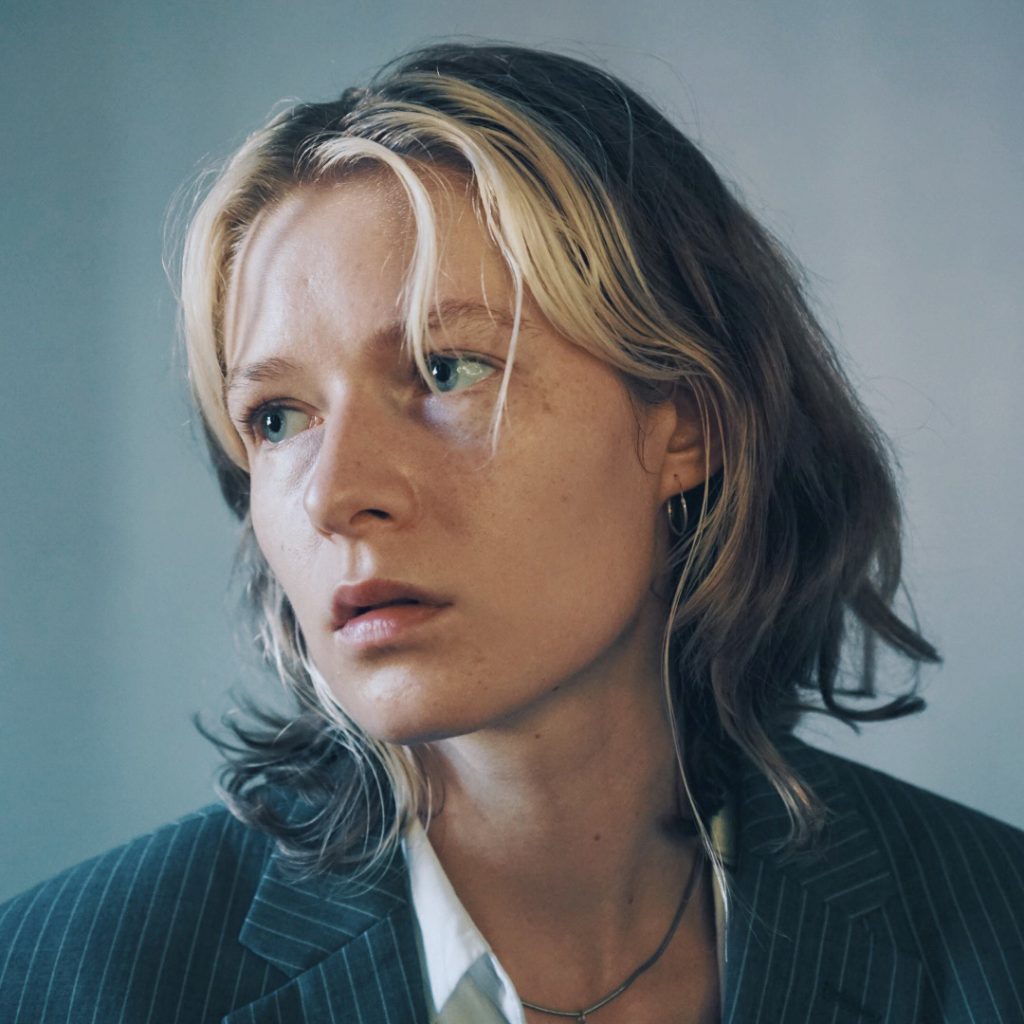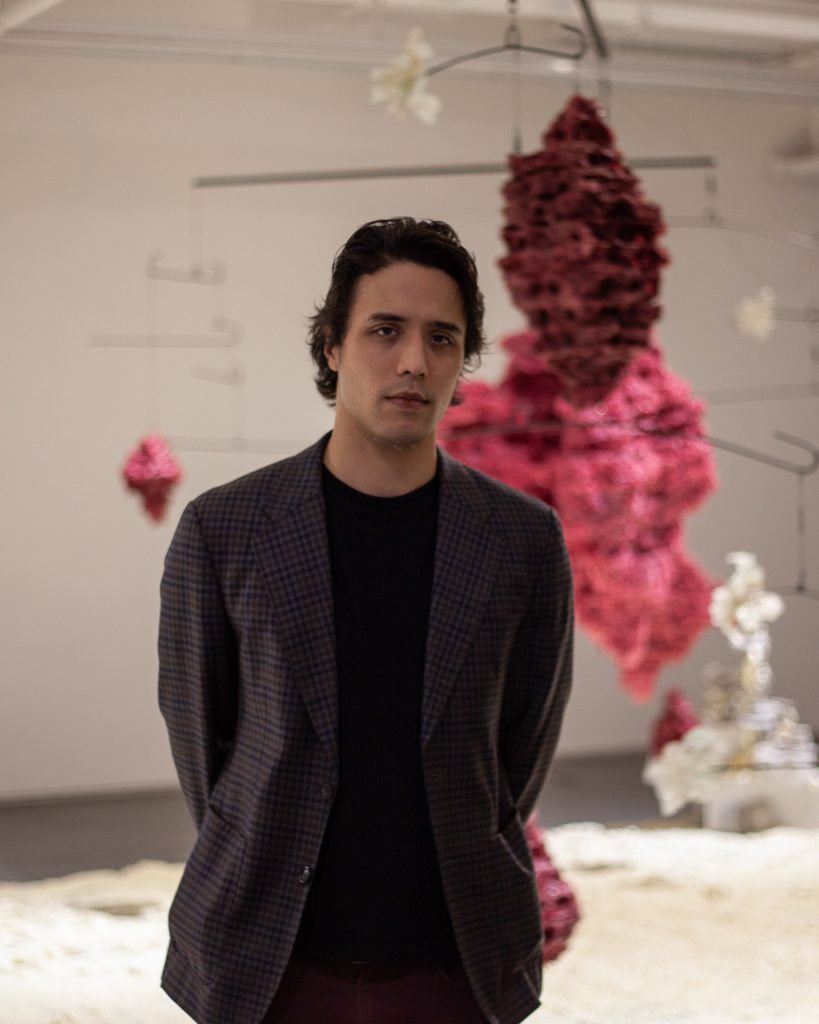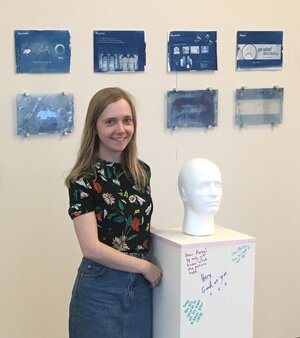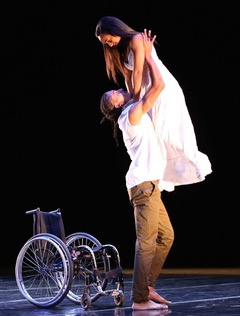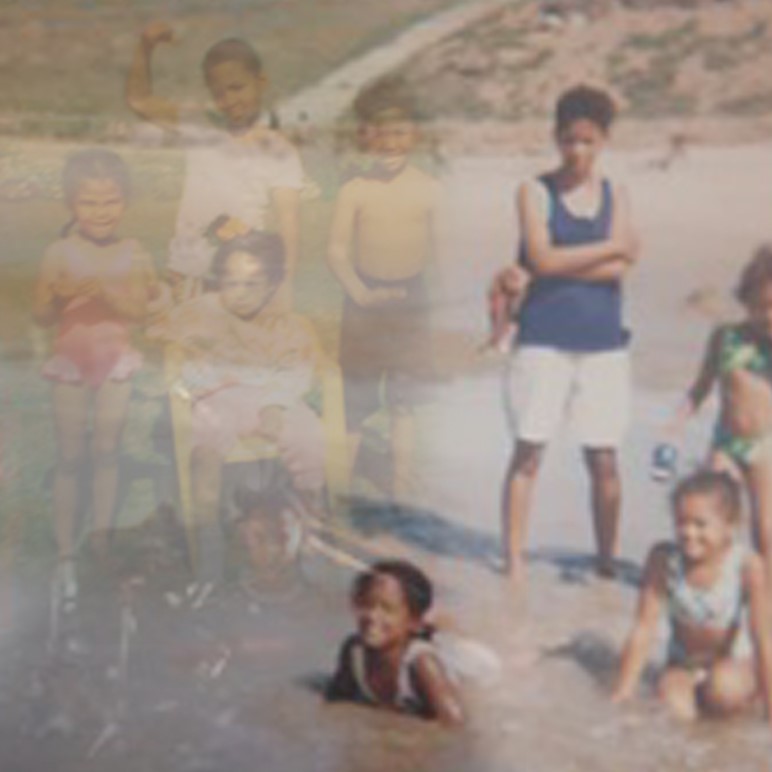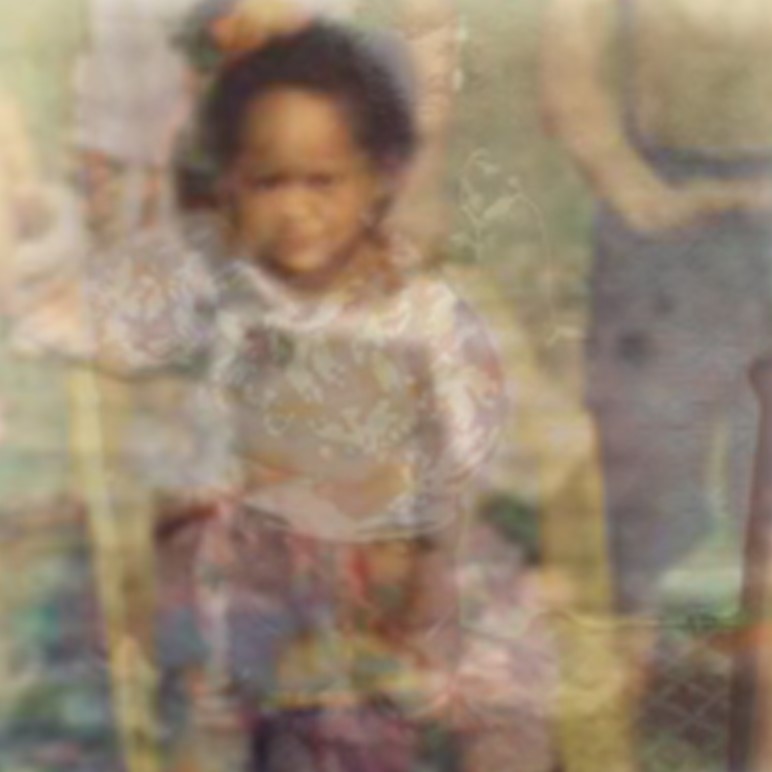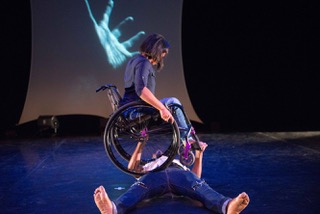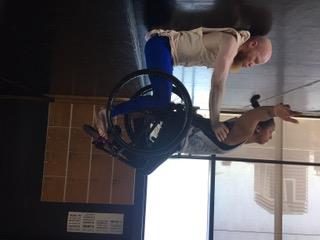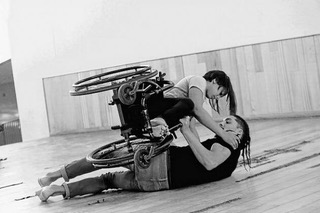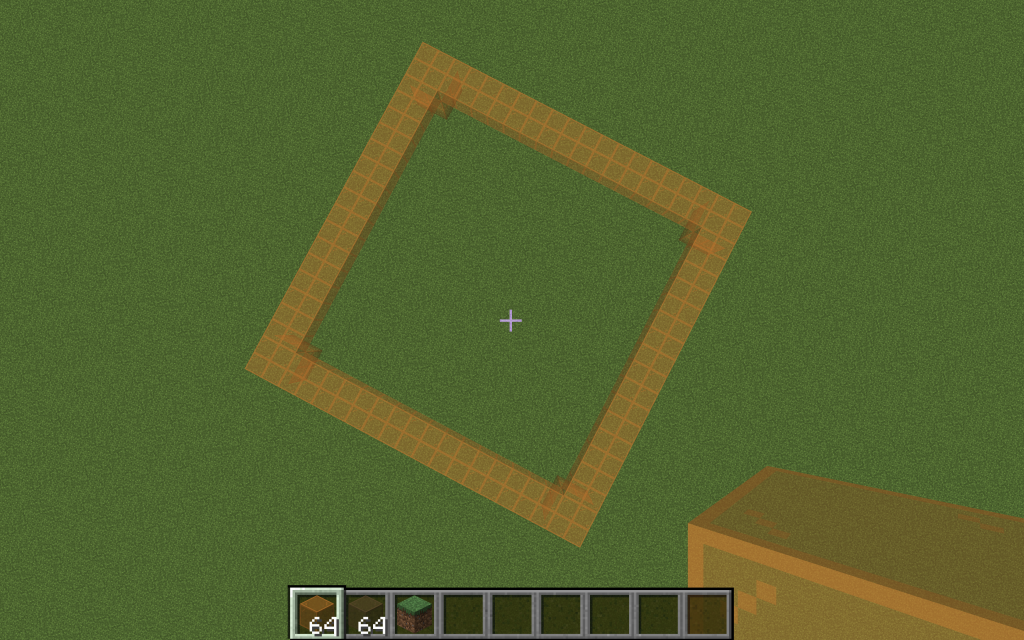
Being sick with COVID kinda ended up being the perfect time to explore the thing I’m doing for Videotage – having a go at creating an intervention for their Leave Your Body realm in Minecraft.
I’ve been struggling with falling asleep for more than a year, and whenever I get sick I secretly hope that falling asleep will become easy at least for a while – it never does. So feeling poorly, unable to sleep and very bored, I tried my first build.
I never played Minecraft before, it took me a couple of tries and a couple of random YouTube tutorials to get the hang of the most basic things.
The game was fun and quite calming, it required the perfect level of engagement and effort for somebody lying sick in bed. I loved doing a bit of math to figure out the scale of what I wanted to do, and then thoroughly enjoyed the repetition of placing a block after block next to each other. it drew me in. Tiny repetitive tasks can be a source of calm to neurodivergent bodies.
I don’t know if Videotage had things like disability and dissociation in mind when they named the project Leave Your Body, but being disabled, we get a lot of reasons to want to leave our bodies so it all really connects for me.
I decided to recreate my bedside table but massive like a tall building. The bedside table was nearby, quite pleasant in shape, basically contained my life in it, and maybe by now, it is an established subject matter in Disability Arts iconography?
